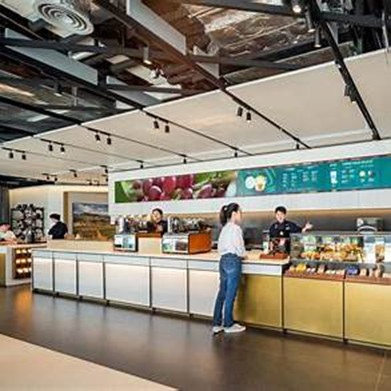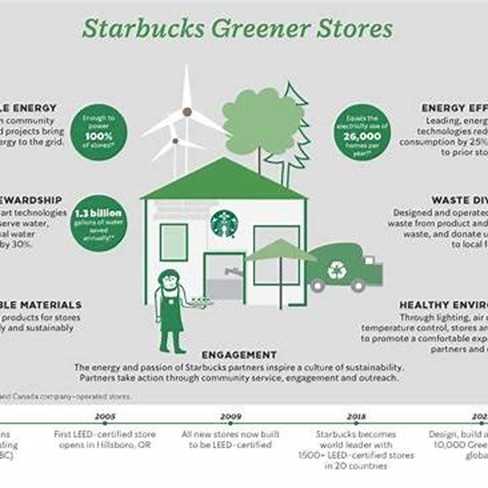Cultural Dimensions of Sustainability: Why Regional Approaches Matter


The Cultural Lens of Environmental Messaging
Sustainability is not a universally understood concept. In Europe, consumers tend to view it through intergenerational and systemic lenses — prioritizing long-term impact and circular economy models. Messaging here often centers on collective responsibility and compliance with regulatory frameworks.
North American audiences, by contrast, respond more readily to narratives of innovation and individual impact. Messaging that emphasizes personal choice and tech-driven solutions — such as electric vehicles or compostable packaging — often lands more effectively than broader policy references.
Global sustainability initiatives often falter not due to a lack of genuine intent, but because they overlook a fundamental truth: sustainability is culturally defined. What resonates as responsible environmental stewardship in Berlin may appear tone-deaf in Bangkok or irrelevant in Rio.
Why Starbucks Offers a Useful Case
Starbucks is not typically viewed as the gold standard in sustainability, especially when compared to brands with a core environmental mission like Patagonia or Natura. However, it has made notable strides in recent years — particularly in adapting sustainability efforts to regional context. And that’s where the brand becomes instructive.
Rather than chasing universal metrics, Starbucks has begun localizing its sustainability playbook:
- In Japan, the company launched biodegradable straws made from Green Planet™ biopolymer — a move aligned with cultural values of harmony, modesty, and low-waste living. These straws were introduced in tandem with local design motifs and storytelling that emphasized continuity with tradition.


- In Costa Rica, Starbucks certified its first four Greener Stores, including one at Hacienda Alsacia — their coffee farm. These locations prioritize energy and water efficiency and reflect the region’s focus on biodiversity and local community well-being. In a market where eco-tourism is a national strength, this local credibility matters more than abstract carbon goals.
- In the Middle East, where climate narratives often focus on water scarcity and resource stewardship, Starbucks has quietly begun incorporating water-saving technologies and store-level reporting. Their plans to open 500 new stores in the region include regional design and operational adaptations that reflect local environmental priorities.
These examples don’t suggest that Starbucks leads global ESG rankings. But they do illustrate a shift that matters: the brand’s success increasingly depends on its ability to interpret sustainability through the lens of culture — not just compliance or global PR.
The Strategic Imperative
As environmental concerns accelerate worldwide, the strategic imperative for brands becomes clear: sustainability cannot be treated as a one-size-fits-all message. It’s not just about what brands do — it’s about how they communicate, and to whom.
Cultural fluency is what turns sustainability from a slogan into a strategy. Brands that localize their efforts — not only in language, but in meaning — will build more trust and relevance across markets.
At Anoova Global, we help brands do just that. Because in a world where climate impact is global but culture is local, sustainability needs to speak many languages — fluently.
